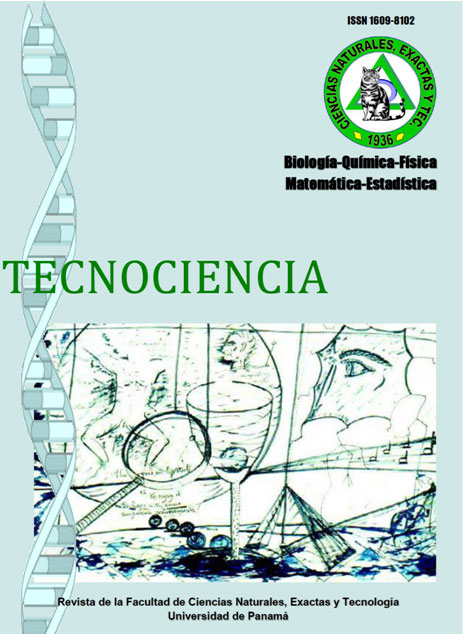

The size structure, weight and reproductive patterns of five species of corvinas in the genus Cynoscion was determined in the Gulf of Montijo between April of 2003 and March of 2004. Samples were collected at disembarkation sites (Palo Seco) and fishing boats (in the middle and outer parts of the Gulf) using gillnets with an opening of 7,62 cm (Mesh 3) and 8,89 cm (Mesh 3,5). Sampling was performed monthly with a three-day sampling effort per locality per month. At each sampling site, specimens were identified to species, measured, weighted and gonads were extracted, weighted and classified by color and shape. With this information, the stages of gonadal development were established and the Gonadosomatic Index (GSI) was calculated. The total volumes in landings for corvina were obtained through the Dirección de Recursos Marinos y Costeros of the Autoridad Marítima de Panama for years for Palo Seco in years 2002-2003. Also, the total fishing volume from the Gulf of Montijo was obtained from the Contraloría General de la República. Cynoscion squamipinnis and C. phoxocephalus presented continuous reproduction. Maximum reproductive activity occurred between October and March. Reproductive and spawning peaks occurred between October and December as reflected by the GSI behavior. In both species, the size frequencies compared to the minimum reproductive size (L50) indicated that pre-reproductive recruitment occurs before than fishing. For C. albus fishing takes place before the reproductive recruitment takes place because the largest number of individuals are represented in the earlier stages of development. This is reflected by the low GSI. C. reticulatus and C. stolzmanni were poorly represented in the catching. There was no possibility of doing population inference on this species. The peak of reproductive activity coincides with the periods of greatest catch, which can negatively impact the resource. There was an inverse relationship between the maximum volumes of catch vs. the number of fishing boats operating in the area. An increase in the fishing effort resulted in a decrease in the capture of fish in the Gulf of Montijo between 1998 and 2003.